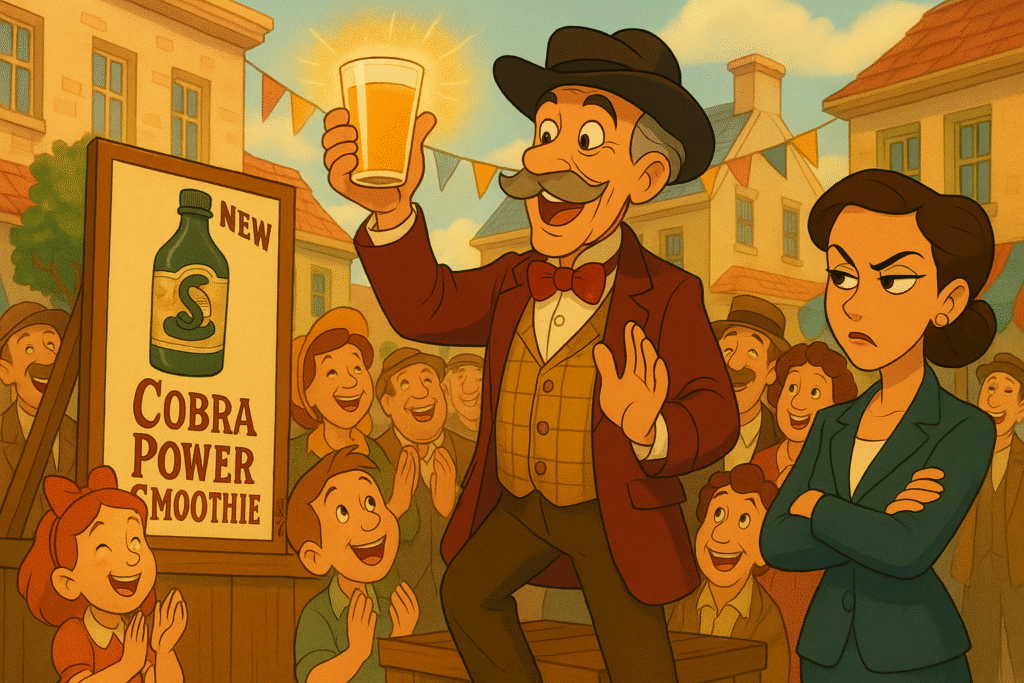
When something promises too much for too little, skepticism kicks in before belief ever can.
They say when something sounds too good to be true, it probably is.
That’s the hill BzzzzKill had to climb.
Stratocaster players had been burned for decades by “hum eliminators” that killed tone, chopped dynamic range or didn’t do much at all. A $199 part that claimed to kill the buzz while keeping the sound?
Forums filled with skeptics before they even heard it.
But when the tech editor at the industry’s top guitar publication and pro guitarists raved about it, people started to believe. And they bought.
The same dynamic shows up in B2B.
With REGEN Fiber, many builders were convinced a recycled reinforcement fiber couldn’t possibly perform like virgin fiber. Only when engineers saw it hold up in real-world projects — like a freight train bridge — did the doubt give way to trust.
The lesson: disappointment trains markets to disbelieve.
And it’s been going on as long as people have had something to sell.
What turns the tide isn’t louder, fancier claims, but validation.
Reviews from respected voices.
Case studies in the field.
Proof strong enough to silence the cynicism.
If your product looks too good to be true, know this: claims won’t win the battle. Proof will. Bring the evidence early, and let your users carry the message further than your ads ever could.
Want to make your product irresistible? That’s what we do as product marketing consultants at Graphos Product, helping innovators turn skepticism into adoption.
